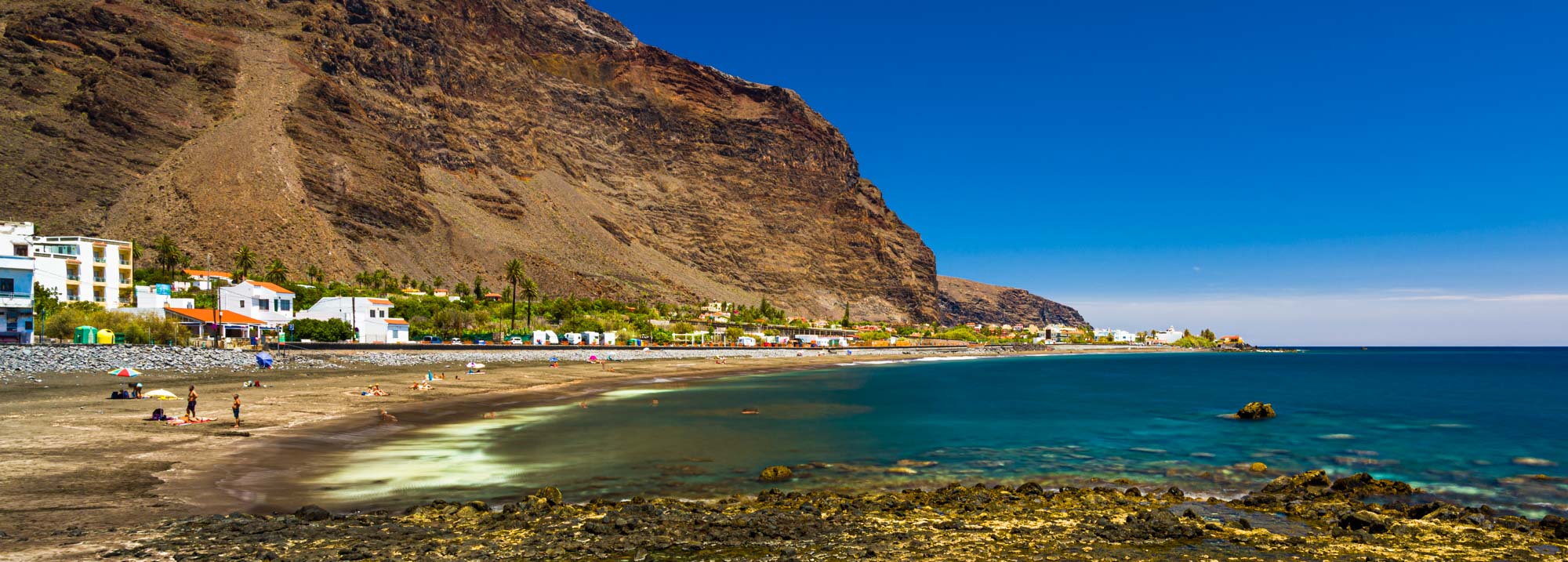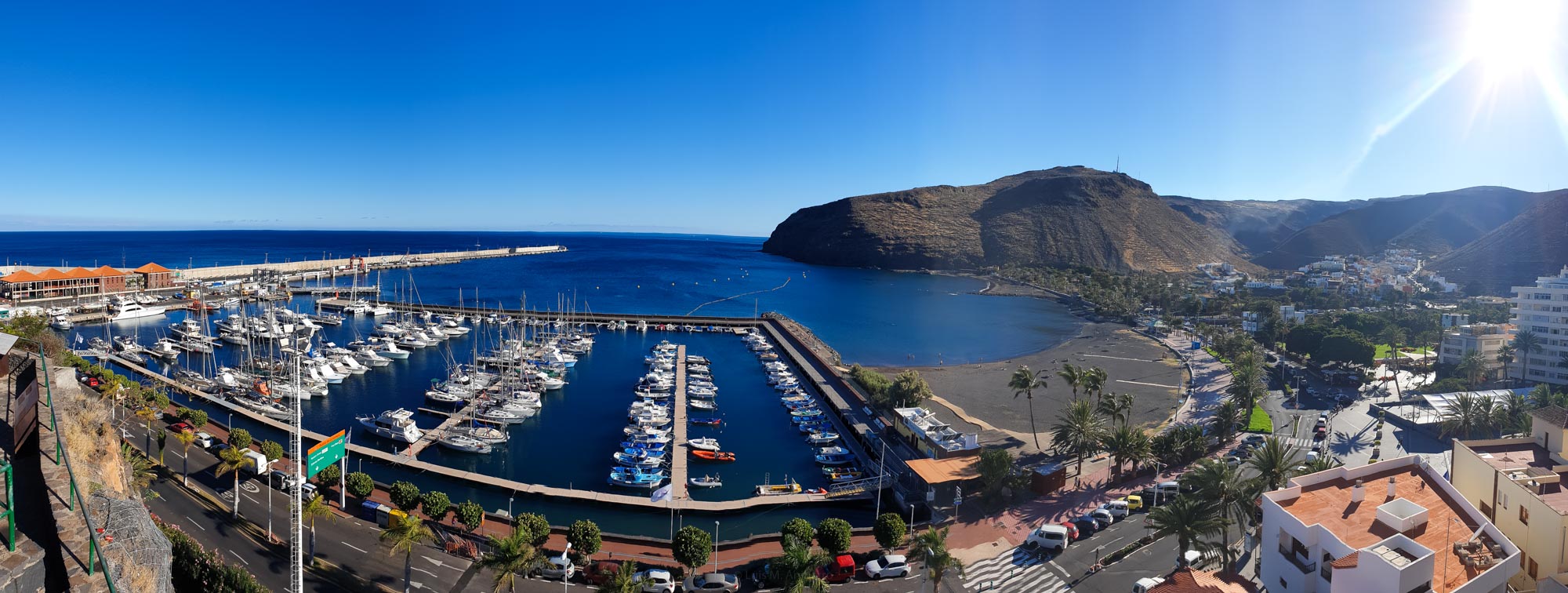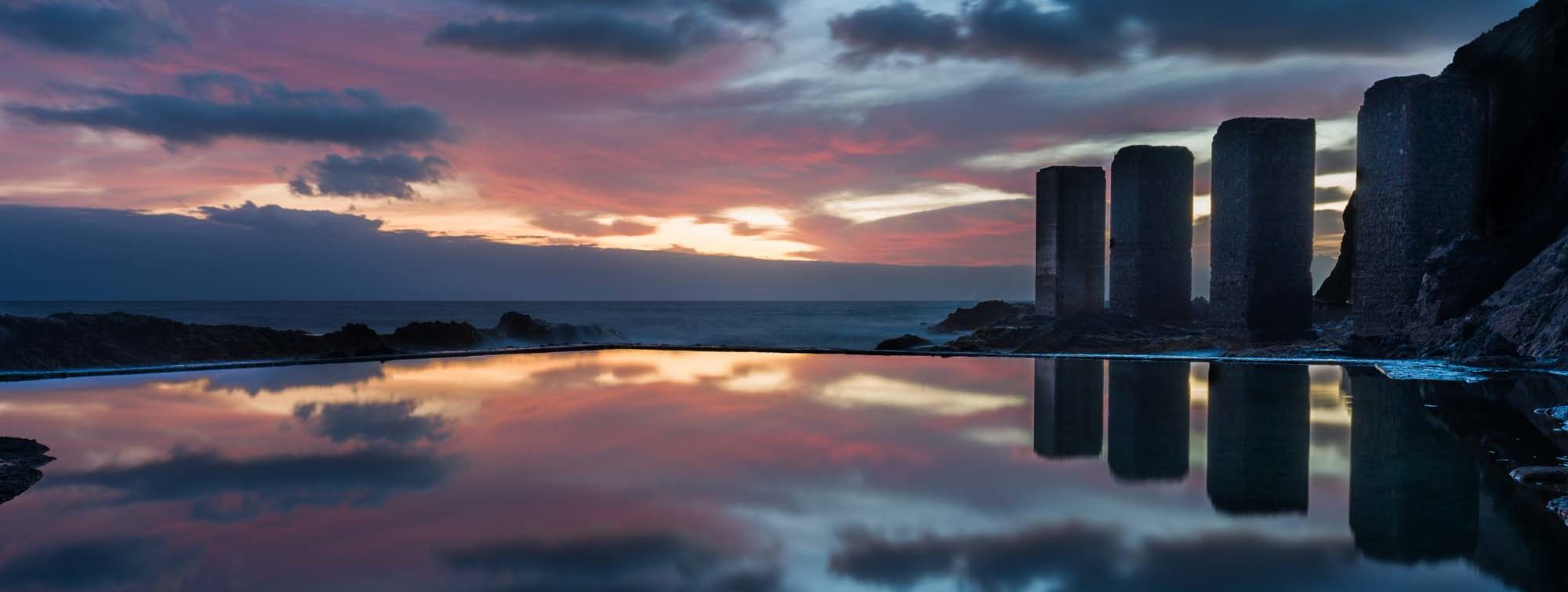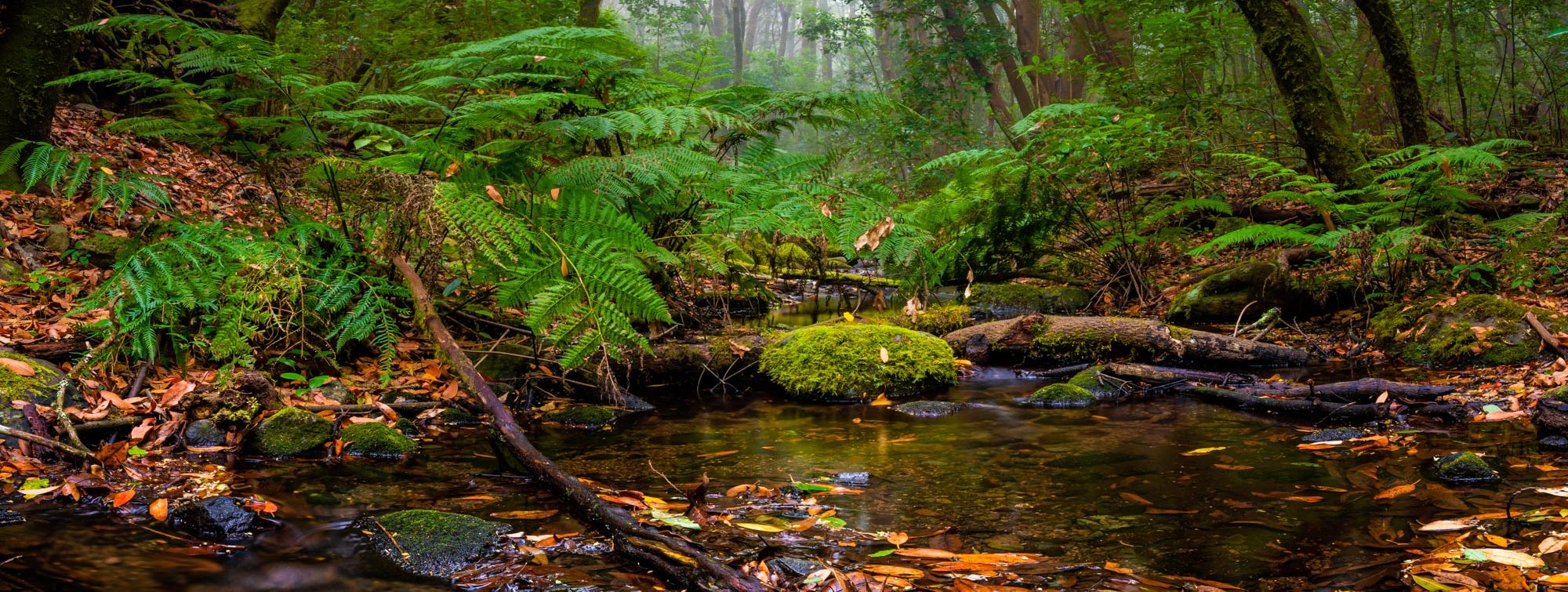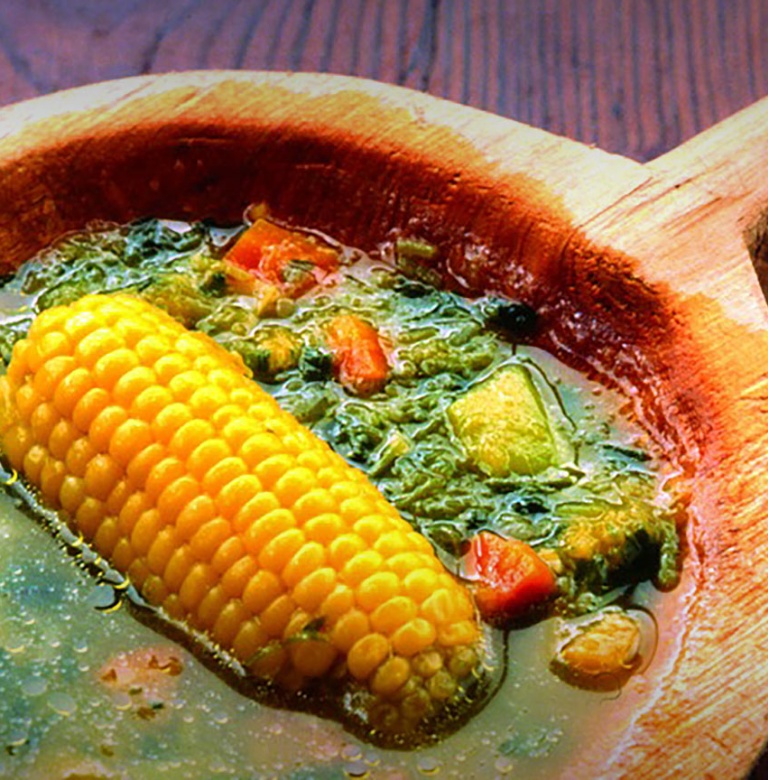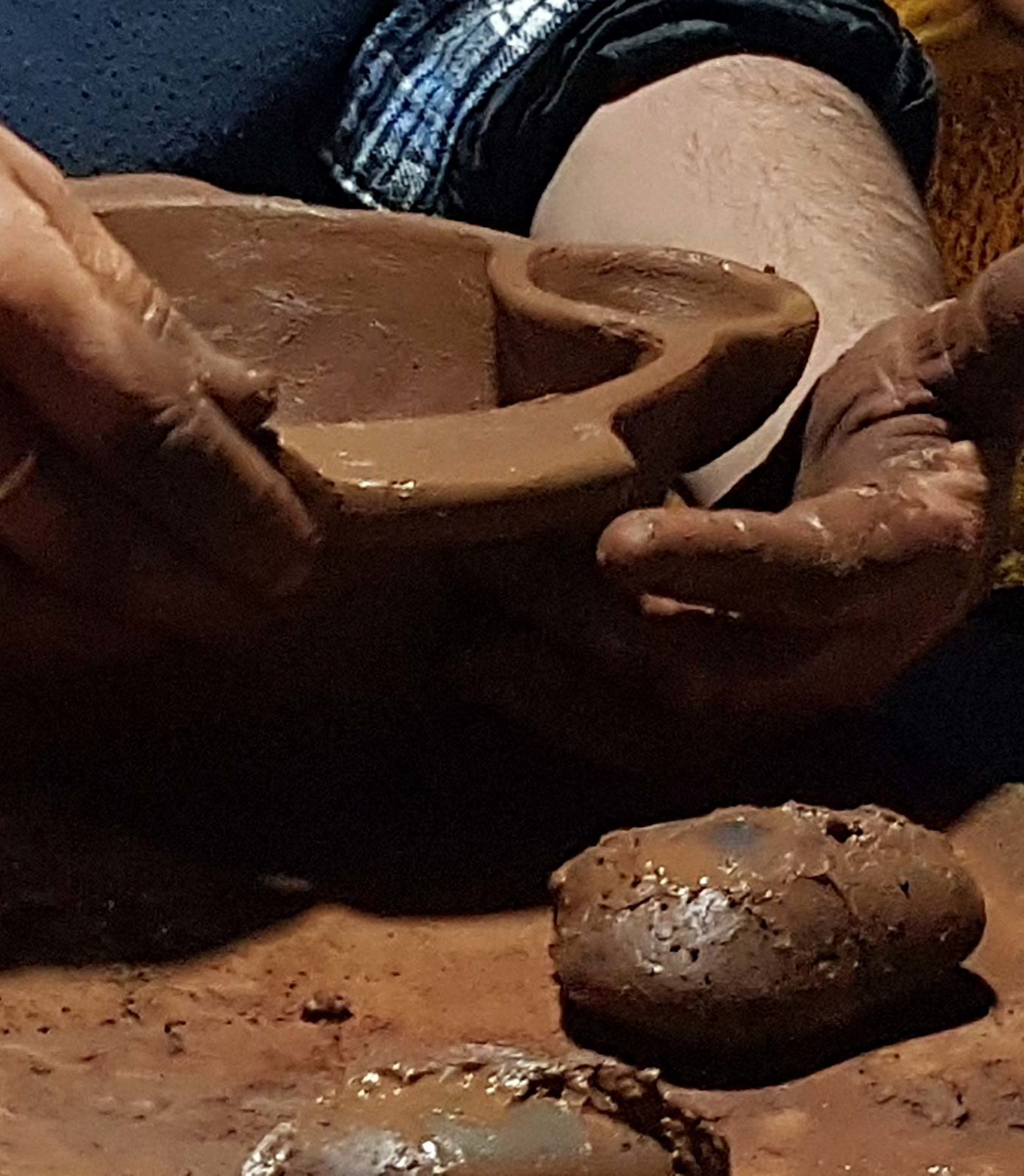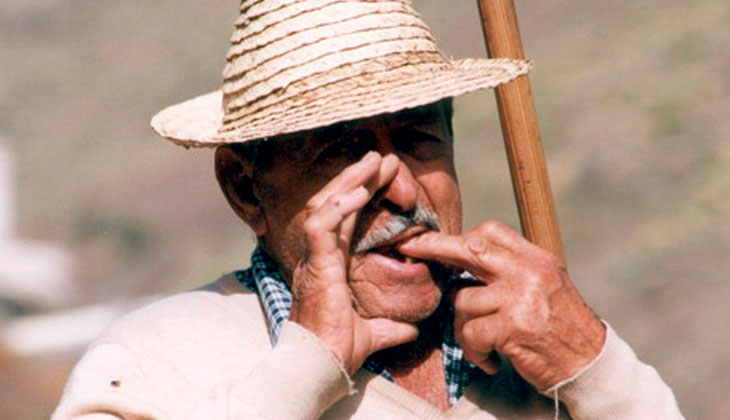Travel guide for the island
La Gomera
Areas of the island of La Gomera.
From the unique impressions that the incomparable Garajonay National Park with its Laurisilva forests evokes, it goes over spectacular paths and villages with artisanal and natural traditions down to inviting beaches, villages with seafaring taste and dreamlike landscapes.
Gastronomy
Watercress cream with salted ribs and crispy corn. Shredded leg of goat on smoked cheese toast. Palm honey foam. Stew with watercress, cheese and greaves. This kitchen carries the essence of the islanders and their way of life. Cheese, almogrote, mojos, sweets, gofio, wine and palm honey add to the original and surprising flavors of the island's cuisine.
Handicrafts
In the past, what we now call handicrafts were used to meet the needs of the islanders and were based on raw materials extracted from the environment itself. Spoons, cheese bowls, mortars, chácaras and other decorative utensils were made of wood. These utensils are made from the wood of the laurisilva trees (viñátigo, heather), but also from imported species such as walnut, chestnut and mulberry. The cords obtained from the trunks of the banana trees are used to make flowers, jewelry boxes, table centers, bread baskets, etc. The stems of the palm are also used to make various artisanal pieces. The shapes and materials of the baskets are varied, the most common being willow and reed. Traditional looms are still used to weave carpets, bedspreads, etc. using old strips of rag and cotton thread. The best example of this can be found in the Juego de Bolas visitor center.
Among the different types of handicrafts, pottery stands out, which has been made by hand and without a potter's wheel since the time of the indigenous people. It is made from clay, sand and almagre, materials typical of the Midlands. The manufacturing process is relatively simple, but it takes time and dedication. After the vessel to be produced (potato peel, water carafe, milking vessel, brazier, etc.) has been shaped, it is placed in a wood-fired oven to dry. The color obtained will be a light brown, a result achieved by the Almagre; in contrast to other islands, which deliver a dark brown, almost black color.
The whistle
Silbo gomero is a whistled language that has always been used on the island of La Gomera to communicate over long distances. It is not a set of pre-established codes designed to express limited content, but an articulated, reductive, non-conventional language that allows an unlimited number of messages to be exchanged by whistling the sound properties of a spoken language can be reproduced.





